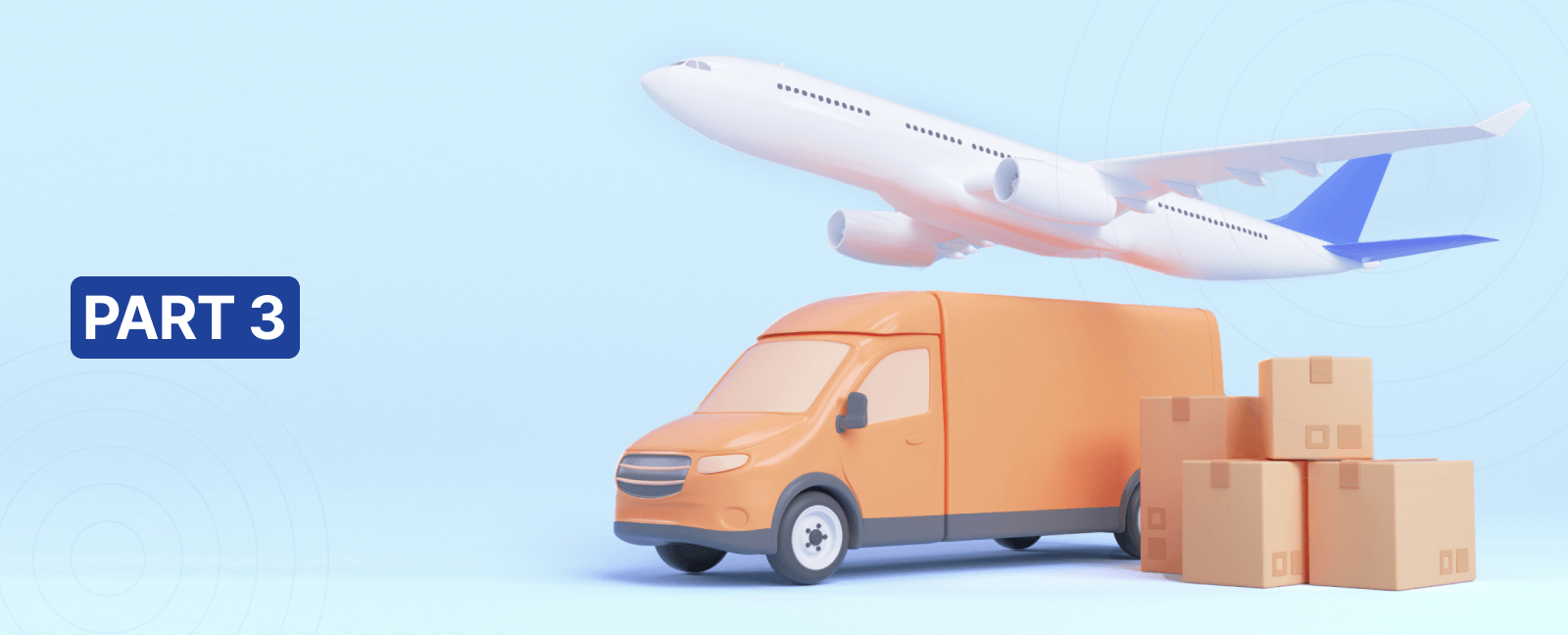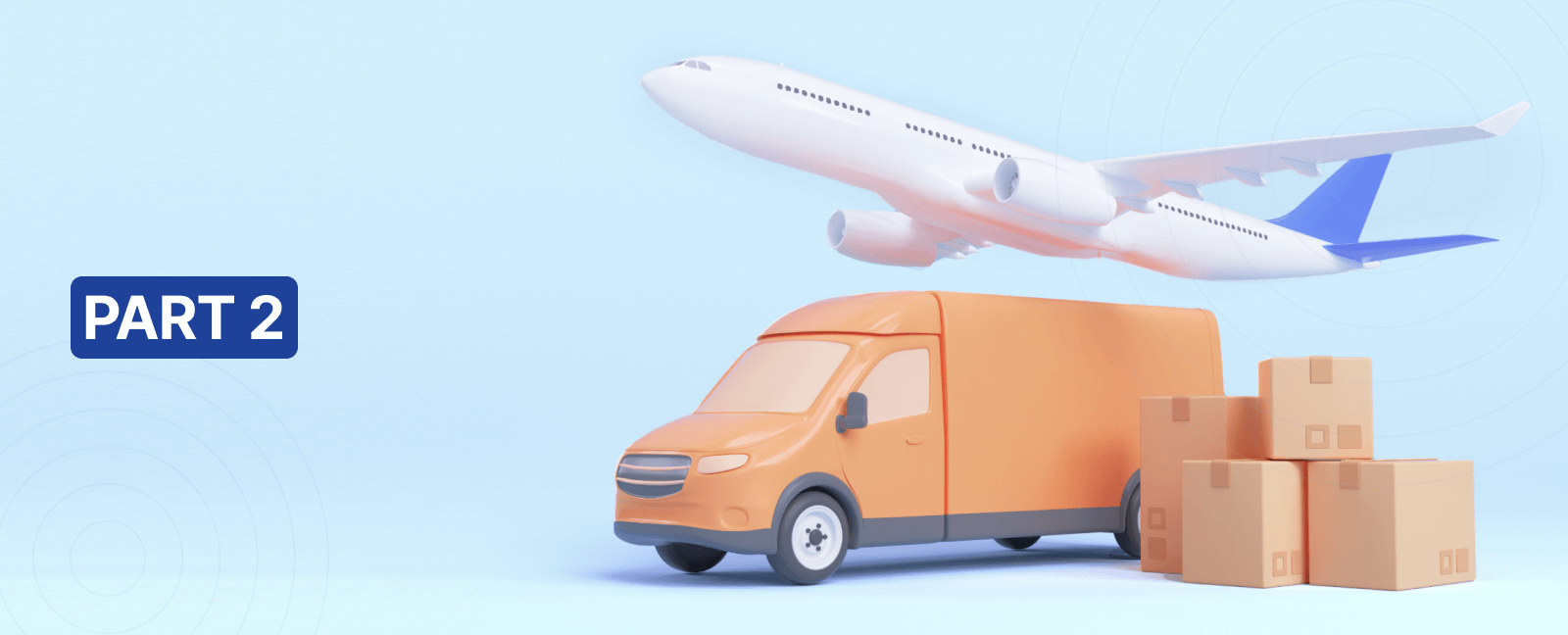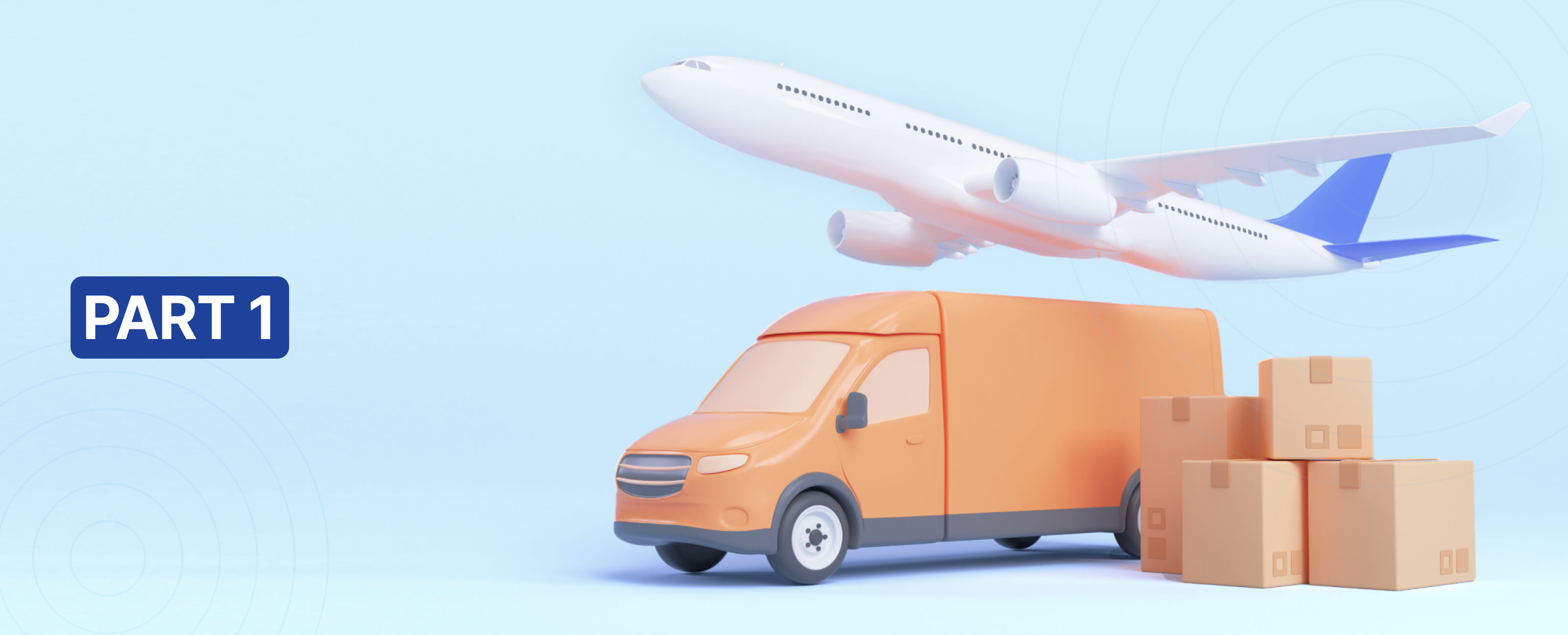
I’m Not Too Crazy About Recycling, and Neither Should You Be
For as far back as I could remember, the system had conditioned me to recycle. The notion had become so entrenched in my subconscious that I wouldn’t go as far as questioning its merits. But one day, I did question it. What followed was a thorough research on the topic, which eventually led me to conclude that actively encouraging the practice inadvertently increases – not decreases – our carbon footprint. What’s more, recycling frees us of any guilt we associate with the impact of our consumption on the environment. For to encourage recycling is to divert attention away from alternatives that yield exponentially higher savings in carbon emissions. Read on, fellow consumer.
Visualizing carbon emissions.
The primary driver of recycling is the reduction of carbon emissions, including those achieved through energy savings. Before we get into alternatives to recycling, let us then first visualize what carbon emissions might look like. Well, if we take a pea-sized blob of gasoline and set it on fire, that is going to emit the equivalent of 1 g of carbon dioxide (CO2) into the environment. Lighting up 2 coffee mugs’ worth yields around 1 KG of CO2.
Of course, CO2 is not the only gas our factories, trucks and oil refineries emit. When quantifying emissions, we would therefore need a standardized yard stick to make sense of the different pollutants. An accepted solution is to talk in terms of “Carbon Dioxide Equivalent”, or CO2Ҽ. Taking this approach, a unit of CO2 acts as the least common denominator against which the impact of other more complicating gases can be measured. While far from perfect, this approach provides a quick and dirty method for calculating gas emissions using a single currency. Table 1 below shows the going exchange rate for some of the more prevalent gases:
| Gas | CO2 Equivalent (CO2Ҽ) |
|---|---|
| 1 unit of Carbon Dioxide (CO2) | 1 unit of CO2Ҽ |
| 1 unit of Methane (CH4) | 25 units of CO2Ҽ |
| 1 unit of Nitrous oxide (N2O) | 300 units of CO2Ҽ |
| 1 unit of Hydrofluorocarbons (HFCs) | 140 - 14,800 units of CO2Ҽ |
| 1 unit of Perfluorocarbons (PFCs) | 6,500 units of CO2Ҽ |
| 1 unit of Sulfur hexafluoride (SF6) | 22,800 units of CO2Ҽ |
| 1 unit of Nitrogen trifluoride (NF3) | 17,200 units of CO2Ҽ |
Table 1: How the environmental impact of various gases compares with that of CO2.
In his book “How Bad are Bananas?”, Mike Berners-Lee provides some estimates of how much CO2Ҽ is emitted by everyday items in order to help us visualize the impact of our consumption on the environment. For instance, an imported banana emits 80 g of CO2Ҽ, or the rough equivalent of burning 40 ml of gasoline. This accounts for production (water, fertilizer, preserving chemicals), logistics (shipping, storage, ripening, distribution) and consumption (any further handling, recycling, disposal). An iMac, in comparison, releases 720 KG worth of CO2Ҽ into the environment across its life stages from design-to-dumpster. Mind you, this excludes the 69 g of CO2Ҽ emitted from powering the machine for every hour of use. Table 2 below illustrates the impact of several other items on the environment.
| Product | CO2Ҽ Emissions (Lifecycle) |
|---|---|
| Reusable supermarket plastic bag | 50 g |
| Disposable diaper | 145 g |
| Bottle of water (500 ml) | 160g |
| Cappuccino | 236 g |
| Cement (1 kg) | 710 g |
| Cheeseburger | 2.5 kg |
| Eggs (dozen) | 3.6 kg |
Table 2: CO2Ҽ emissions by product across each product’s respective life stages.
The true impact of recycling.
Producing a product out of recycled material will in many – but not all – instances reduce carbon emissions, compared with producing the same product out of virgin material harvested from the earth. The emissions savings achieved will vary by material, processing type, reverse logistics configuration and other factors. Experts provide a range of estimates on such savings by material type, as described in table 3.
| Material | CO2Ҽ Savings per 1 KG of Recycled Material |
|---|---|
| Glass | 300 g |
| Paper | 900 g |
| Plastic | 1.5 KG |
| Aluminum | 9 KG |
Table 3: CO2Ҽ and emissions by product. (source: WHO)
If there are indeed savings in carbon emissions to be gained from recycling, why am I not a fan of encouraging the practice? Put simply, there are viable alternatives that can generate exponentially higher savings.
Three alternatives to recycling.
Let’s talk dirty: supermarket bags. A supermarket bag is an item that we barely use for the 10 minutes to get us home, yet it could take up 1000 years to dissolve in a landfill. In addition, the gases emitted during the manufacturing stage may remain in the atmosphere for up to 200 years. Emissions from a single bag come to 50 g of CO2Ҽ. Manufacturing the same bag from recycled material brings that grand total down to 35g. Choosing recycled material over virgin material, however, is merely settling for the best of two evils.
What alternatives to recycling our supermarket bags are available at our disposal (pardon the pun)? Avoidance, reduction and reuse provide 3 different ways out. If we avoid using a supermarket bag by carrying our purchases by hand or using robust trolley bags, emissions drop to zero. If we reduce our usage, savings can drop by at least 300% depending on the rate of reduction. This can be achieved by squeezing your meats, vegetables and dairy products into a single bag, instead of engaging in the traditional practice of segregating groceries by produce type. Reuse can be achieved by using the same bag over and over, generating a 100% decrease in emissions at every turn. Notice how all three alternatives save a lot more than the recycling option, as the example in Table 4 shows.
| Alternatives for Packing 15 Items at Supermarket | CO2Ҽ Emissions |
|---|---|
| Binge (Use 3 bags made from virgin material) | 150 g |
| Recycle (Use 3 bags made of recycled material) | 105 g |
| Reuse (Using the same 3 bag on two occasions) | 75 g |
| Reduce (Pack items in 1 instead of 3 bags) | 50 g |
| Avoid (Using no bags at all) | 0 g |
Table 4: CO2Ҽ emitted by a supermarket bag by waste management alternative.
The same line of thinking applies to most everything from bottled water to prepacked popcorn.
Avoidance savings are more impactful than spend savings.
Recycling misplaces the emphasis on spend savings generated from using recycled instead of virgin material. Exponentially greater avoidance savings can be achieved by encouraging the alternative practices of avoidance, reduction and reuse. Remember, a recycled item will still have to go through manufacturing, reverse logistics (sending used material back to the plant, and forward logistics (on to the next consumer); all of which leave a carbon footprint in their wake.
That, ladies and gentlemen, is why I’m not too crazy about recycling. And neither should you be.
Related Articles

PART 3: Supply Chains are Suffering from Long COVID. This is what they’ll recover to look like
Supply chains, too, have escaped with their lives, having contracted Long…

PART 2: Supply Chains are Suffering from Long COVID. Here’s the Vaccine
Global supply chains are still suffering from Long COVID two years after…

Supply Chains Are Suffering from “Long COVID”. Here’s Why and What to Expect Next
Two years after the onset of the COVID-19 pandemic, the world still reels…

Business in the Time of COVID-19
The cat is out of the bag. One way or another, the novel coronavirus outbreak…
